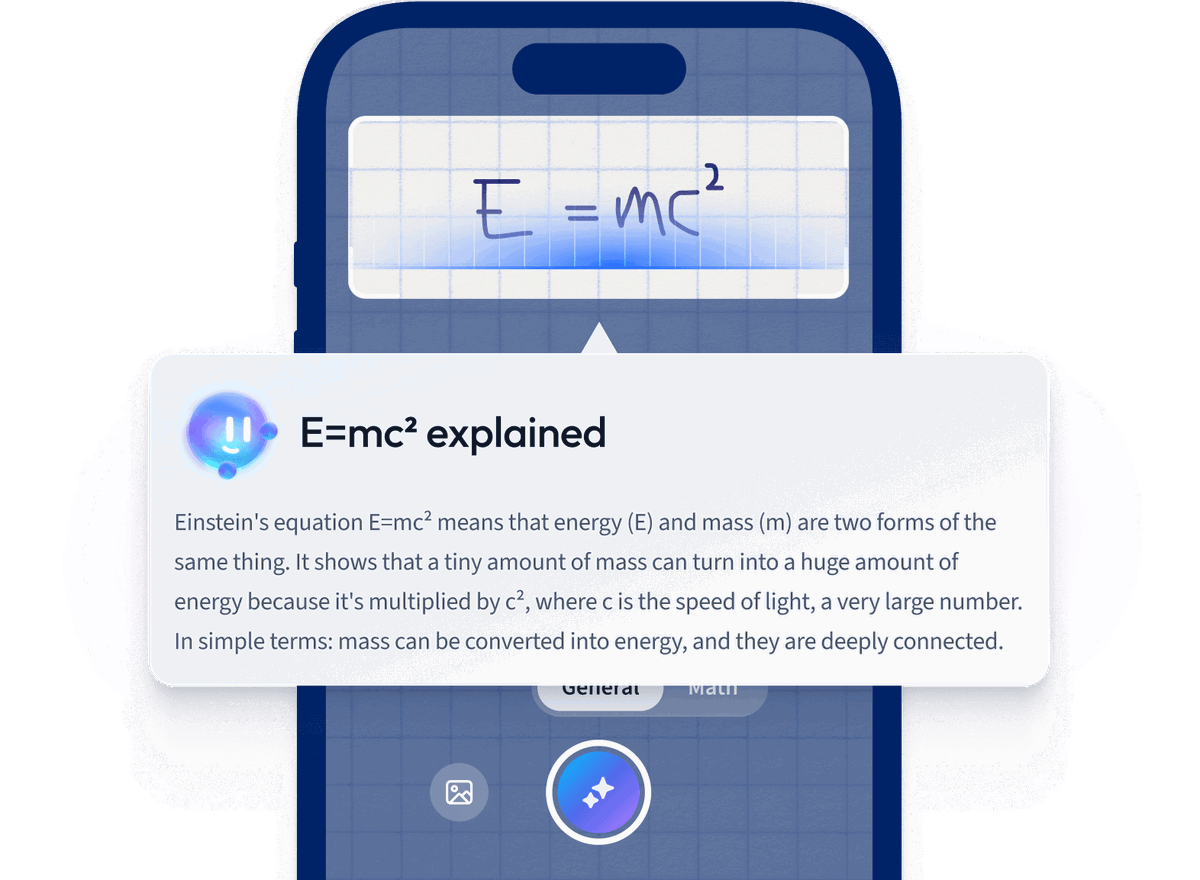 Fig. 1 - Monosyllabic means one syllable
Fig. 1 - Monosyllabic means one syllable
Monosyllabic rhyme: definition
The definition of monosyllabic rhyme is the repetition of identical sounds in single-syllable words. Single-syllable words are also known as monosyllabic words. A basic example of rhyming between monosyllabic words would be door and more, hit and sit, cat and mat, etc.
Monosyllabic rhyme: syllabic rhyme examples
It is important to distinguish between monosyllabic rhyme, multisyllabic rhyme, and syllabic rhyme.
Syllabic rhyme is the rhyming of the last syllable of words. It is when the sound in the last syllable of word pairs is the same but does not contain stressed vowels.
- An example of Syllabic rhyme is pitter and patter.
Monosyllabic rhyme is the rhyming of single-syllable words.
- An example of Monosyllabic rhyme is hit and sit.
Multisyllabic rhyme is the rhyming of multiple syllables. This can be with multisyllabic words, or rhyming multiple monosyllabic words with other monosyllabic words:
An example of Multisyllabic rhyme is gratitude (gr-ah-tih-chew-d) and latitude (l-ah-tih-chew-d), (rhyming multisyllabic words).
Another example of multisyllabic rhyme is no way and snow day, (rhyming multiple monosyllabic words).
Examples of monosyllabic rhyme
There are multiple examples of monosyllabic rhymes that are found in other different types of rhymes.
Masculine Rhyme
Masculine Rhyme is a technique that places stress on the final syllable of a rhyme. It is the best example of the use of monosyllabic rhyme. Masculine rhyme uses monosyllabic rhymes frequently to rhyme a single syllable at the end of one line with a single syllable at the end of another line.
Take this example in Patience Agbabi's 'The Black, the White and the Blue' (1995):
He's an East End lad, East End Ed
East End born, East End bred
See his muscles, have a feel
Made in England, made of steel
He's an East End lad, East End Ed
East End born, East End bred
See his muscles, have a feel
Made in England, made of steel
Each line ends with a single-syllable word - these single-syllable rhymes are a clear example of monosyllabic rhyme.
The use of monosyllabic rhyme reinforces and draws the reader's attention to the blunt, sharp staccato-rhythm of the poem. This is important because this poem uses masculine rhyme to describe a stereotypical macho hooligan; the rhyme scheme mirrors the blunt, brutish nature of the character.
Monosyllabic rhyme: Shakespearean examples
 Fig. 2 - William Shakespeare often used monosyllabic rhyme in his works.
Fig. 2 - William Shakespeare often used monosyllabic rhyme in his works.
In Shakespeare's works, multisyllabic words are often shortened for the purpose of creating monosyllabic rhyme.
His use of iambic pentameter (ten-syllable lines) means there are numerous occasions in which words such as 'even' are shortened to the monosyllabic 'e'en' in order to fit the meter and rhythm of the poem.
An example of a shortened multisyllabic word can be seen in this internal monosyllabic rhyme from Romeo and Juliet (1597):
The game was ne'er so fair. (Act 1, Scene 4, Line 41)
'Never', which should contain two syllables (ne-ver) has been shortened to the monosyllabic 'ne'er' (pronounced na-ir) in order to rhyme with 'fair', which is a monosyllabic word.
Monosyllabic rhyme - Love Labor's Lost
Another example of monosyllabic rhyming in Shakespeare can be found in an excerpt from Love's Labor's Lost (1598) (Act IV Scene 3). See if you can spot the different types of rhyme present in this poem:
On a day, alack the day!
Love, whose month is ever May,
Spied a blossom passing fair
Playing in the wanton air.
Through the velvet leaves the wind,
All unseen, can passage find;
That the lover, sick to death,
Wish'd himself the heaven's breath.
Monosyllabic rhyme is easy to spot. Day-May, fair-air and death-breath are all rhymes between single-syllable words.
Masculine rhyme is another rhyming technique that is easily noticeable in this poem. Note how the final syllable of every line is stressed - the rhyme between each final syllable serves to place emphasis on these words and highlight their significance in relation to the main theme of the poem, which is love.
End rhyme is the rhyming of words at the end of each line, as can be seen in this poem.
Eye rhyme is another rhyme technique in the poem. 'Wind' and 'Find', while having identical -ind endings, are pronounced differently (w-ih-nd and fy-nd) and thus are eye rhymes.
 Fig. 3 - Shakespeare's Love Labor's Lost makes use of varying types of rhyme.
Fig. 3 - Shakespeare's Love Labor's Lost makes use of varying types of rhyme.
Monosyllabic rhyme is intentional in this poem. Consider the use of multi-syllabic words that are littered throughout the beginning and middle of each line - blossom, passing, playing, wanton, velvet etc. The lilting effect of multisyllabic words echoes the flowery sentiments of love being expressed by Shakespeare. This use of multisyllabic words is then contrasted with the simple, staccato-like sounds of the monosyllabic words.
Consider what effect ending each line with a monosyllabic rhyme has on the flow and rhythm of the poem. Does it indicate to the reader how Shakespeare intended the rhythm to sound?
Monosyllabic Rhyme vs. Monorhyme
Monosyllabic rhyme is not to be confused with Monorhyme (a rhyme scheme that uses a singular rhyme throughout the whole poem, such as AAAA). Given the closeness in names, it is easy to see why these two techniques are often confused.
Distinguishing between monosyllabic rhyme and monorhyme is easy - monosyllabic rhyme is when one-syllable words are rhymed, while monorhyme is when there is a singular rhyme throughout the poem between words.
'7 Years' (2015) by Lukas Graham contains monorhyme:
It was a big big world but we thought we were bigger
Pushing eachother to the limits we were learning quicker
By eleven smoking herb and drinking burning liquor
Never rich so we were out to make that steady figure
This is an example of monorhyme, but 'bigger', 'quicker', 'liquor', and 'figure' are all multisyllabic words - two-syllable words to be exact. This distinguishes monorhyme from monosyllabic rhyme, which uses monosyllabic words.
There are also examples of poems with monorhyme using monosyllabic rhymes. For example, 'Upon Julia's clothes' by Robert Herrick (1648):
Whenas in silks my Julia goes,
Then, then, methinks, how sweetly flows
The liquefaction of her clothes!
Next, when I cast mine eyes and see
That brave vibration each way free,
- O how that glittering taketh me!
Here, monosyllabic words are being rhymed to maintain the monorhyme. The use of monorhyme and monosyllabic end rhymes reflects the simplicity of the central theme of the poem, which is the speaker's admiration for Julia and how she wears her clothes.
Monosyllabic Rhyme - Key Takeaways
Monosyllabic rhyme is the repetition of identical sounds in single-syllable words (which are also known as monosyllabic words). It is often used in Masculine Rhyme.
Syllabic rhyme is the rhyming of the last syllable of words.
Multisyllabic rhyme is the rhyming of multiple syllables. This can be multisyllabic words, or rhyming multiple monosyllabic words with other monosyllabic words.
Multisyllabic words can be shortened for the purpose of creating monosyllabic rhyme.
Monosyllabic rhyme is 'one syllable' rhyme in which one-syllable words are rhymed, while monorhyme is 'one rhyme' in which there is a singular rhyme between similar words.
References
- Fig. 1 - Image by starline on Freepik
- Fig. 3 - Image by mamemwy on Freepik
How we ensure our content is accurate and trustworthy?
At StudySmarter, we have created a learning platform that serves millions of students. Meet
the people who work hard to deliver fact based content as well as making sure it is verified.
Content Creation Process:
Lily Hulatt is a Digital Content Specialist with over three years of experience in content strategy and curriculum design. She gained her PhD in English Literature from Durham University in 2022, taught in Durham University’s English Studies Department, and has contributed to a number of publications. Lily specialises in English Literature, English Language, History, and Philosophy.
Get to know Lily
Content Quality Monitored by:
Gabriel Freitas is an AI Engineer with a solid experience in software development, machine learning algorithms, and generative AI, including large language models’ (LLMs) applications. Graduated in Electrical Engineering at the University of São Paulo, he is currently pursuing an MSc in Computer Engineering at the University of Campinas, specializing in machine learning topics. Gabriel has a strong background in software engineering and has worked on projects involving computer vision, embedded AI, and LLM applications.
Get to know Gabriel














